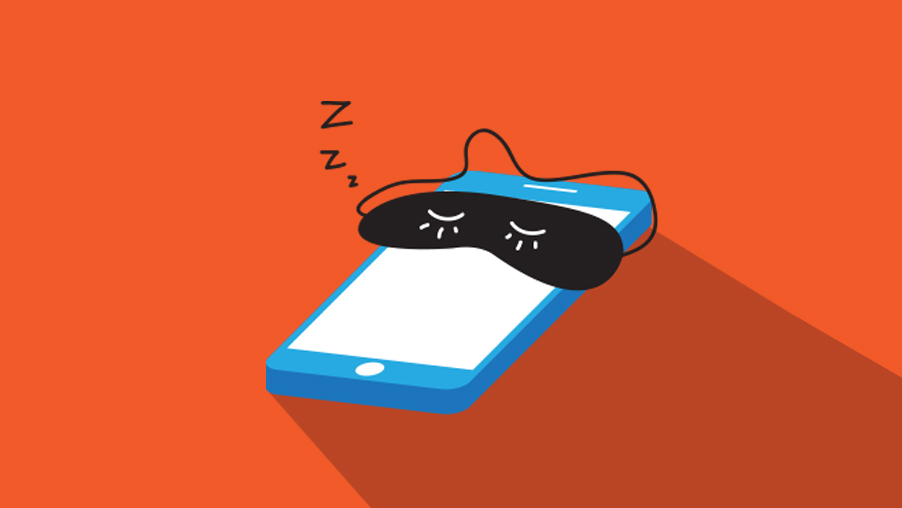-
Services
-
Locations
- Philippines
- United States
- Colombia
- Eastern Europe
Locations -
Industries
-
Resources
- E-Books
- Blog
- Case Studies
Resources - About Us
- Careers
If you have an iPhone, you probably started getting a new alert a few months ago: your weekly screen time update.
My first reaction was, “Gee, thanks, Tim Cook. Just what I needed. A reminder of yet another way I’ve failed.” And that is still how I feel every week when I get the ping.
But I have used the data to change my behavior, to a small degree at least. The results? Mixed. I was able to reduce my average screen time from 3.5 hours a day to roughly 2.5. Some weeks, I even get it down to 1 hour 45 minutes — a 50 percent decrease. Two hours is the amount of time experts recommend for maximizing happiness. So while I’m sure I could do better, I feel pretty good about the progress I’ve made so far.
Reducing screen time isn’t just something that’s nice to do. It’s critical for reducing multitasking, managing stress, and essentially, ensuring I can do my job.
Here are six strategies I’ve used to reduce my screen time.
1. Check your pickups
I was shocked to learn that I often pick up my iPhone more than 50 times a day — better than average, thankfully, but still more than I’d like. That meant that the average time I spent on the phone, with each pickup, was just a few minutes. I typically didn’t have long sessions on my phone, I just picked it up a lot.
So I’ve tried being more mindful of my pickups. Admittedly, I’ve stopped doing this recently, and my pickups increased from roughly 30 a day to 40 last week. But I’m committed to getting back on track.
2. Change your auto-lock settings
OK, this is cheating. It doesn’t actually reduce your screen time, but it does increase the accuracy of the data. Originally, my screen time was regularly over 3 hours. But I realized my auto-lock was set to five minutes. Even if I spent less than a minute checking a text, I was “credited” for five minutes of using my phone. I changed it to 1 minute, and my average hasn’t topped 3 hours since.
3. Stop taking your phone to the bathroom
Men, you know who you are. Your wives do, too. No one thinks you’re spending 20 minutes tweezing your eyebrows. You don’t need to break this habit completely, but leaving the phone on your desk is an easy way to be slightly more mindful about your phone use.
4. Don’t worry about the apps that don’t matter
I use my phone for getting directions, reading books, and following recipes. I use it to edit Google docs for work. Some days, these features are a majority of my usage.
I don’t worry too much about using my phone to do stuff I really need to do. I’m concerned with the mindless usage, which is primarily social media. Focusing on these numbers helps me actually understand how I want to change my behavior.
5. Force yourself to limit use of the apps that do matter
You can delete the most troublesome apps from your phone, but that might be a little extreme. Instead, try simply taking those apps off your home screen or moving them around frequently, so you can’t just open them by force of habit without even thinking about it. I find this helps me be more mindful, and sometimes that 2-second delay is what drives me to put down my phone.
Of course, you can also use Apple’s tools, or a variety of third-party apps, to set limits on when and how you use your phone.
6. Celebrate small wins
Sometimes I’ll delete Facebook for a few weeks and re-install it later. It’s OK if you improve for a while, only to backslide later. Any blocks of time you spend off your phone and engaged in more rewarding, or more productive activities will yield benefits. Just take it one day at a time.
This article was first published in Inc.


